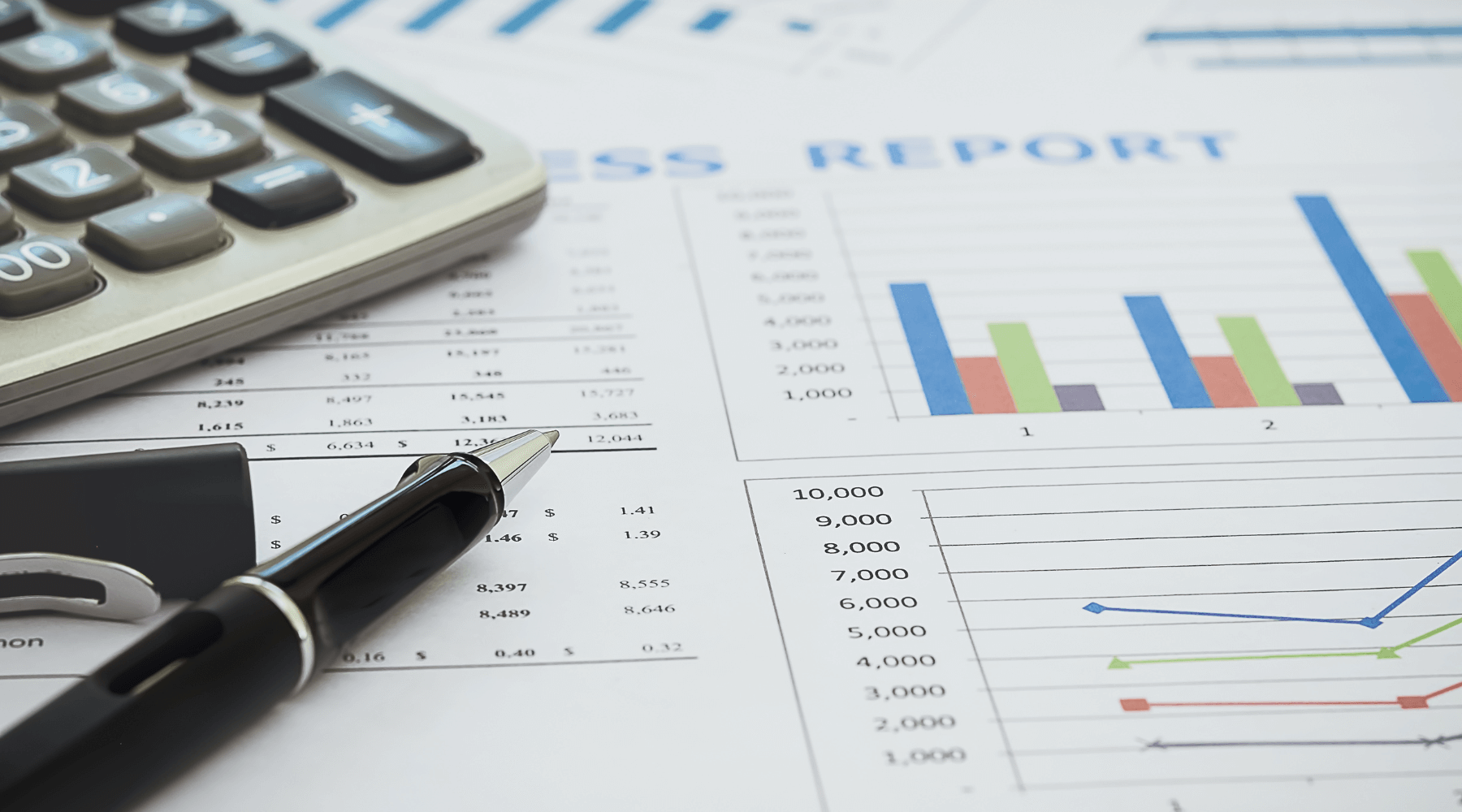With technology developing rapidly, companies everywhere must upgrade their IT equipment at an ever-increasing rate to keep up with changing trends. But what happens when hardware approaches the end of its life and needs replacing? Have you considered the hidden cost of keeping running systems that have become obsolete? By upgrading ageing IT equipment, your business can reduce operating costs, gain a competitive edge and safeguard against any avoidable IT disasters. This blog post explores postponed upgrades’ business implications and offers valuable advice.
Rising maintenance and support costs
As technology becomes increasingly integral to businesses, it is no surprise that maintenance and technical support costs are on the rise. With IT budgets continually expanding, hardware purchases consume a significant portion of company spending. In particular, PCs and laptops make up a large chunk of this budget.
Portable computers are prone to premature battery failure, with most users experiencing a natural degradation of their laptop batteries after 2-4 years (or 1,000 total charges). In addition to this common issue, dirt and dust build-up in the fan assembly can cause further damage if left unchecked. As the years go by, these IT-related costs can quickly pile up.
Companies need to consider all aspects of IT procurement to reduce costs and get the best value for money. While it may seem tempting to skimp on maintenance and technical support costs, doing so can lead to even greater expenses in the long run.
The financial impact of security breaches
As technology advances, the cost of fixing security incidents rises for ageing devices. It’s vital to remember that even new systems are not immune to viruses and spyware. These unwanted guests can infect any computer, causing severe damage if not dealt with immediately. Unfortunately, the longer you wait to address the issue, the more complex the solution becomes, especially if you have a variety of devices within your fleet. This complexity often results in higher costs as IT staff require more expertise to rectify the problem. Regular upgrades for all devices can minimise security breaches’ occurrence and their financial impact.
Understanding the hidden cost of ageing IT equipment
As the purchasing landscape evolves, savvy buyers in various industries recognise that price alone is no longer a good decision metric. Total Cost Of Ownership (TCO) has become widely understood, but reviewing what factors play into this calculation is essential. This starts with an investment period – how long will the equipment be used?
Calculating the Total Cost Of Ownership
With TCO in mind, acquisition and running costs must be included for truly informed decision-making. When evaluating the cost of computer equipment, considering its TCO is essential for creating a complete financial picture. TCO incorporates hardware, software, maintenance, and end-user support to help predict how long to keep an asset. Notably, only 20% of the TCO comes from the purchase price; other costs, such as software and management, can dramatically increase over time due to lower performance or reliability with age.
Almost 80% of the lifetime cost for a PC or laptop lies in software, support, and management – costs that only increase as equipment ages. Postponing hardware replacement may conserve funds initially, but this is short-sighted; IT support demands also grow with age, leading to poor user experience and service levels. Maximising device life span is therefore essential – not just from an economic perspective, but also one of quality too.
Upgrade devices every three years
Keeping technology up-to-date is crucial for maintaining a smooth workflow and reducing expenses in the long run. Businesses must pay close attention to the cost of ageing equipment, including escalating maintenance and support expenses. Refreshing PCs every three years reduces costs by 24%, but it’s not just about the financial implications.
The downtime and productivity loss caused by outdated devices can be as costly. When devices are not functioning correctly, employees waste valuable time trying to solve problems, ultimately decreasing efficiency. Therefore, it’s necessary to consider the impact of aged equipment on productivity, convenience, and efficiency before deciding on refreshment frequency.
The bottom line
As laptops and desktops near the end of their lifecycle, businesses may require increasing support levels to maintain performance. Factors such as unauthorised software downloads or ageing hardware can lead to a 59% rise in maintenance costs between years one and four. Further complexity arises from the number of patches that need installing – 35 for laptop systems (51 for desktop PCs) and insufficient RAM on five-to six-year-old machines preventing compatibility with newer programs, all resulting in deteriorated system performance over time.
Device as a Service (DaaS)
IT departments can unlock significant cost savings through intelligent PC refresh cycles without compromising performance. RND-IT is the ideal partner for businesses seeking state-of-the-art IT equipment. We provide comprehensive leasing solutions – making large purchases more manageable over time – and all leases come with our experts’ full, end-to-end IT support.
If your business is ready to take the plunge and reap these rewards, contact RND-IT today: call 0118 322 4489 or email [email protected] to explore how our DaaS services could simplify your setup!


